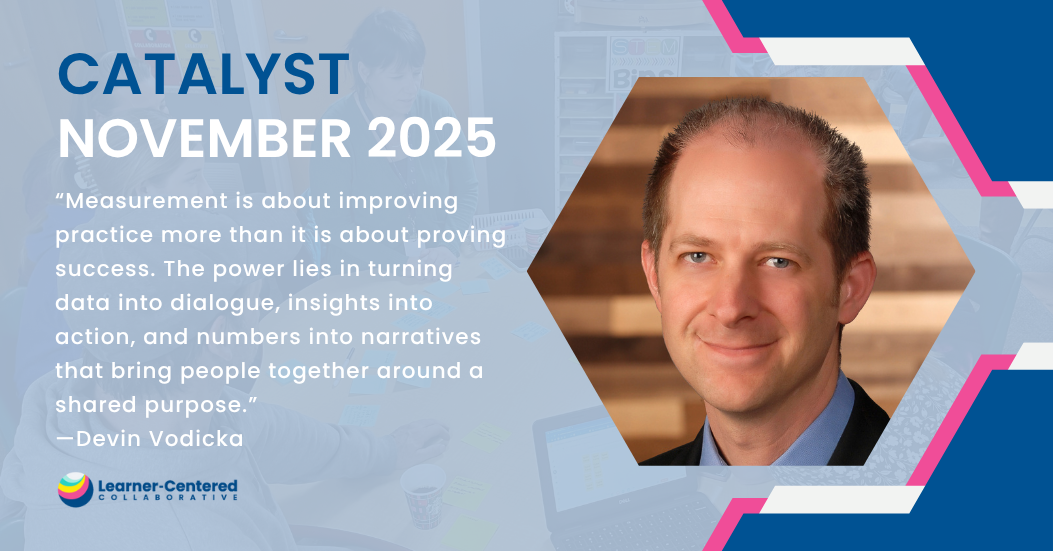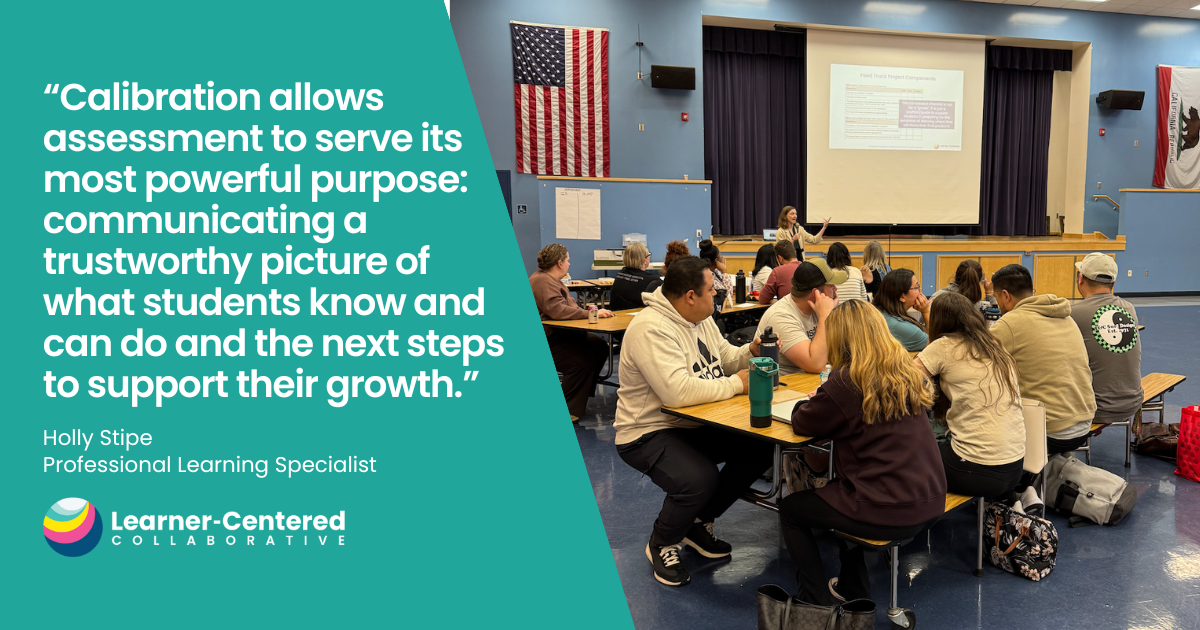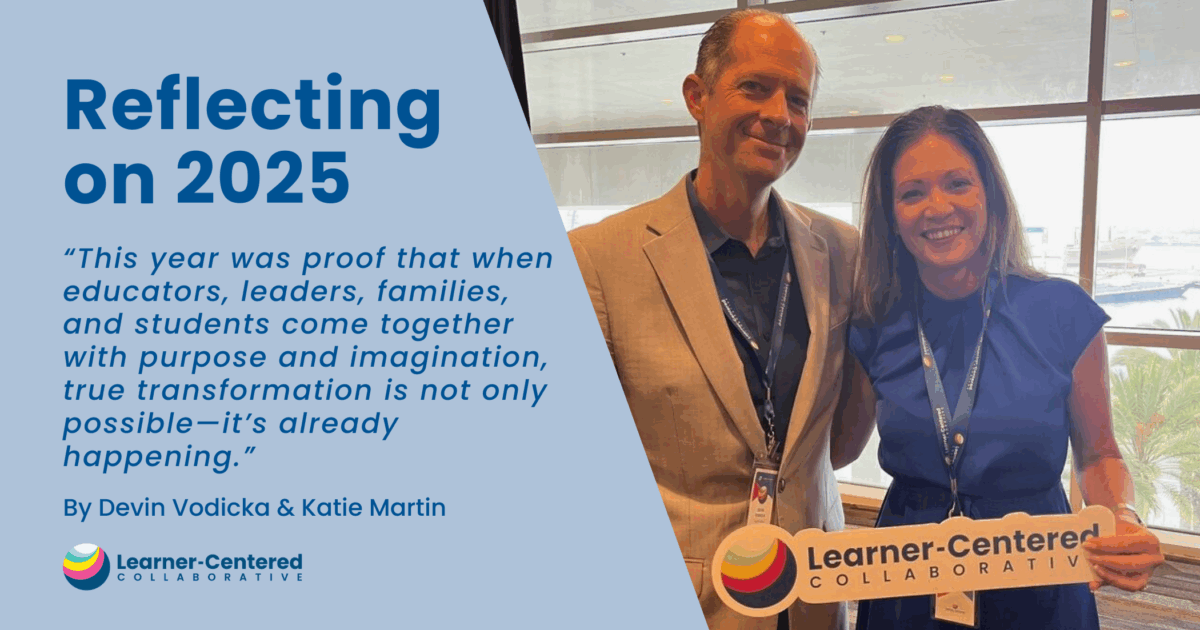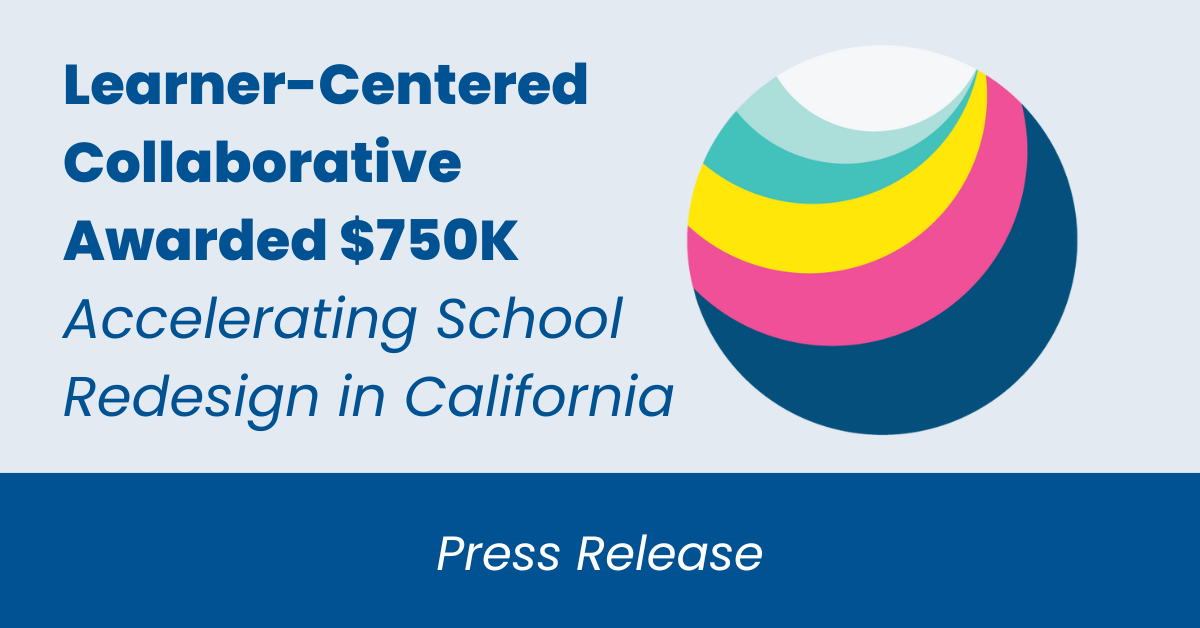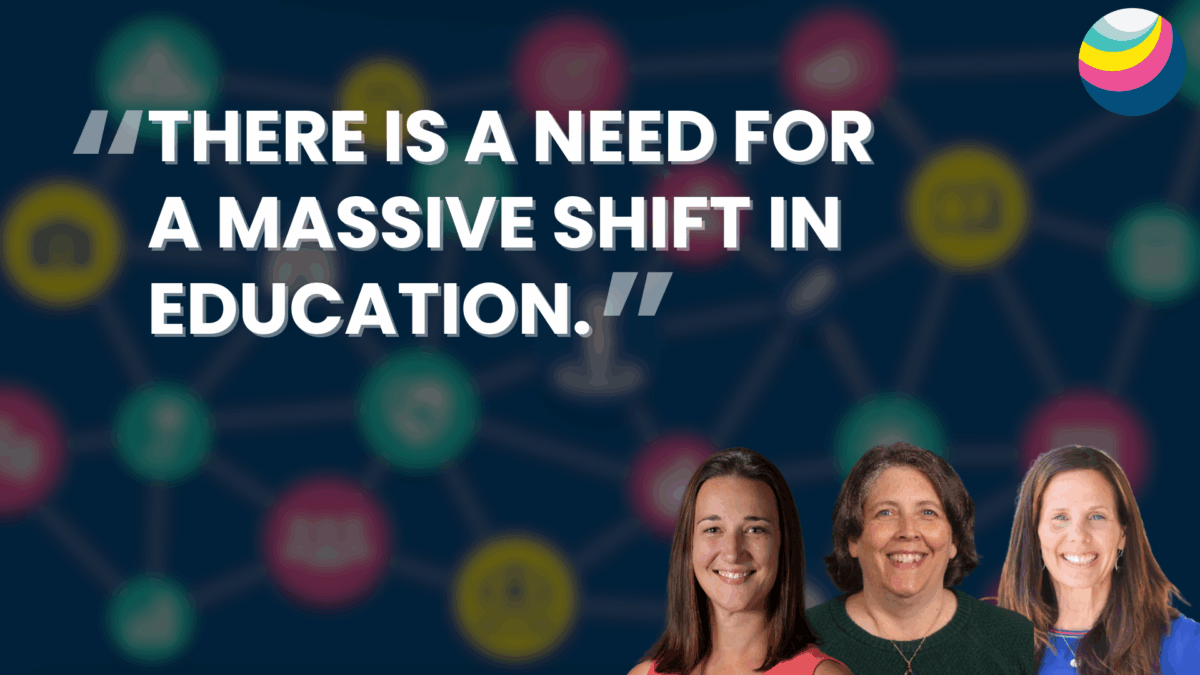5 Tips for Implementing Learner Profiles
As school leaders, one of our most critical tasks is to balance coherence and flexibility in our educational institutions. Coherence refers to a unified vision and shared understanding among stakeholders, while flexibility allows for adaptability and responsiveness to individual student needs. A valuable tool for achieving this balance is the implementation of a learner profile, also known as a portrait of a graduate. This blog post explores the benefits of using learner profiles and offers practical advice for school leaders on how to effectively incorporate them into their educational systems.
The Power of Learner Profiles
A learner profile is a comprehensive and holistic representation of a student’s development, encompassing not just academic achievements but also personal and social-emotional growth. By creating learner profiles, schools can align their practices to a shared vision of success for every student. Moreover, these profiles provide valuable insights into each student’s unique strengths, challenges, and aspirations, helping educators to tailor their approach and ensure that every learner reaches their full potential.
Balancing Coherence and Flexibility
1. Establish a Shared Vision: Begin by engaging all stakeholders—teachers, parents, students, and community members—in a collaborative process to develop a shared vision of what success looks like for your school’s graduates. By involving everyone in the creation of this vision, you can ensure that the learner profiles genuinely reflect the values and priorities of your school community.
Students are critical stakeholders when it comes to district change. Download 10 questions to ask students so you can best understand what’s working and where innovation may best serve your school.
2. Develop Learner Profile Competencies: Based on your shared vision, identify key attributes that represent the core competencies, knowledge, skills, and dispositions that your students should possess upon graduation. Make sure these attributes are broad enough to accommodate diverse learners and evolving educational priorities.
3. Measure What Matters: Shift the focus of assessment from merely quantifying academic achievements to measuring the learner profile attributes that truly matter for long-term success. Develop assessment tools and practices that capture students’ growth across a wide range of skills and competencies, including critical thinking, creativity, communication, and collaboration. This approach not only provides a more accurate picture of student progress but also encourages educators to prioritize meaningful learning experiences.
Uncover the True Purpose of Assessment in this blog post.
4. Provide Professional Development: Offer ongoing professional development to help educators integrate the learner profile into their daily practices. This training should focus on how to use the profile to co-design instruction, develop strengths-based practices, and support the holistic development of each student.
Schedule a free consultation with our team to discuss how we can help you realize your vision for learners.
5. Encourage Reflection and Growth: Promote a culture of reflection and growth by encouraging students, teachers, and parents to regularly examine the learner profile and use it as a guide for goal-setting, personal growth, and continuous improvement. By making reflection a part of the school culture, you can foster a sense of ownership and shared commitment to the learner profile’s goals.
The Paradox of Clarity and Flexibility
Interestingly, the clarity of outcomes and goals provided by learner profiles can actually promote individual flexibility and creativity. When students, educators, and parents have a clear understanding of the desired outcomes, they can more effectively tailor their efforts to support the unique needs and aspirations of each learner. A well-defined learner profile offers a roadmap for success, allowing stakeholders to take creative approaches and make informed decisions in achieving the established goals. By fostering a shared understanding of what success looks like, learner profiles ultimately empower students and educators to be more flexible, adaptive, and innovative in their pursuit of excellence.
The implementation of a learner profile offers a powerful opportunity for school leaders to balance coherence and flexibility in their educational systems. By establishing a shared vision, measuring what matters, and fostering a culture of reflection and growth, schools can create an environment in which every student can thrive. As you embark on this journey, remember that the learner profile is not an end in itself but a means to empower and support each student on their unique path to success.
Ready to discuss learner-centered in your context? Schedule a free consultation with our team.

